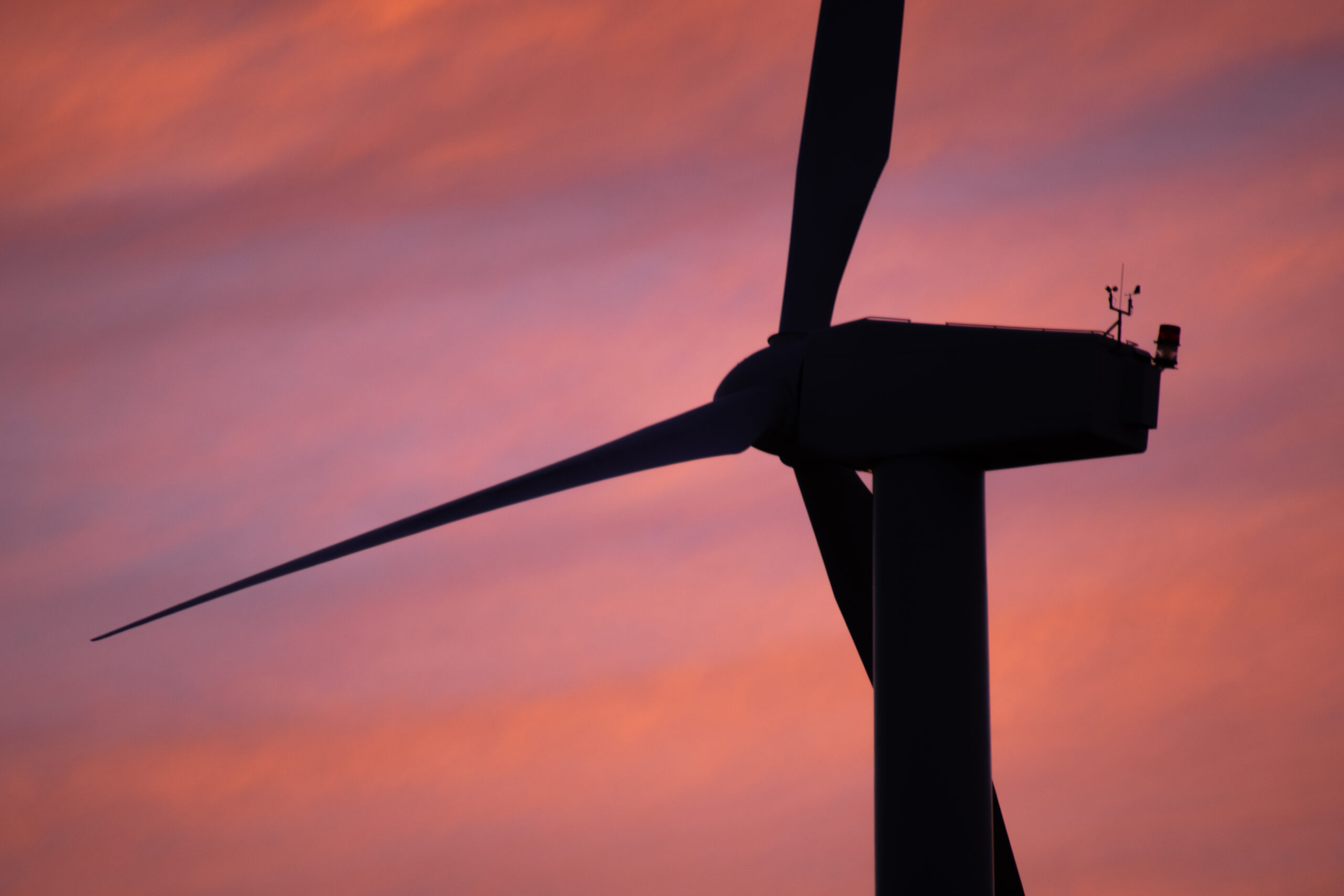With wind energy as the state’s largest source of renewable energy, each new wind turbine offers a small step toward a more sustainable future.
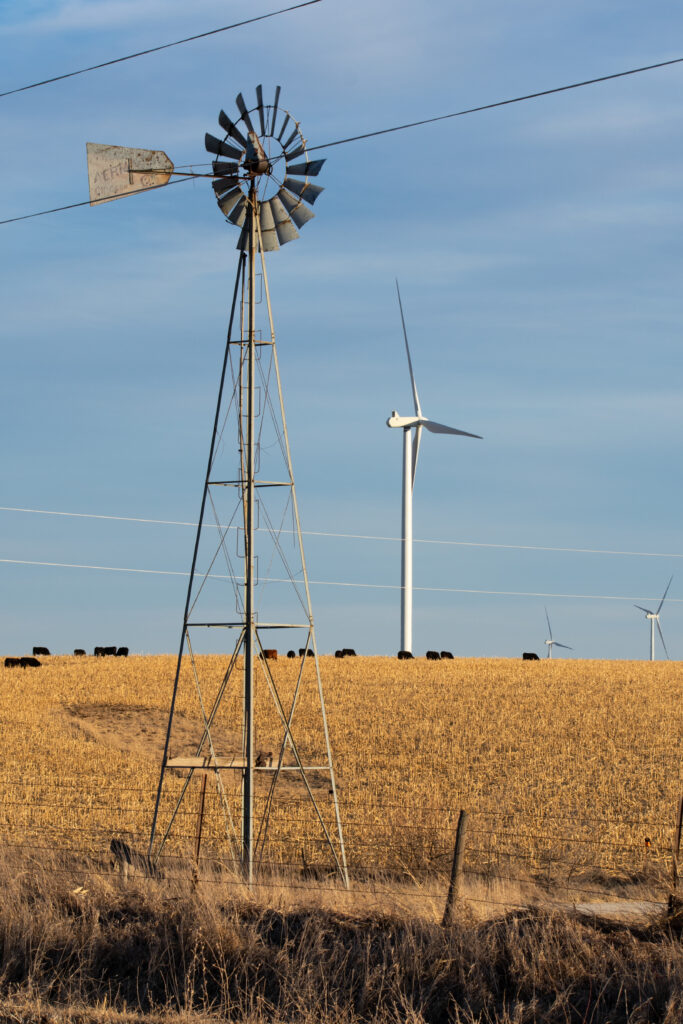
For hundreds of years, the rolling hills of Iowa were covered with nothing but corn and other crop fields. Today, wind turbines can be found planted in fields across the state. While the sight of steel turbines scattered among crops may seem unnatural, they provide sustainable, renewable energy to Iowa and the rest of the world.
Geoff Greenwood is a spokesperson for MidAmerican Energy, which provides energy to people in Iowa through a variety of energy sources, including wind turbines.
“Here in Iowa, there’s an ample wind resource, and wind energy fits in well with our open agricultural landscape,” Greenwood says. “[It] is environmentally friendly, provides clean energy to our customers, provides economic benefits to the counties and landowners hosting wind turbines, and helps us keep our [electricity] rates low.”
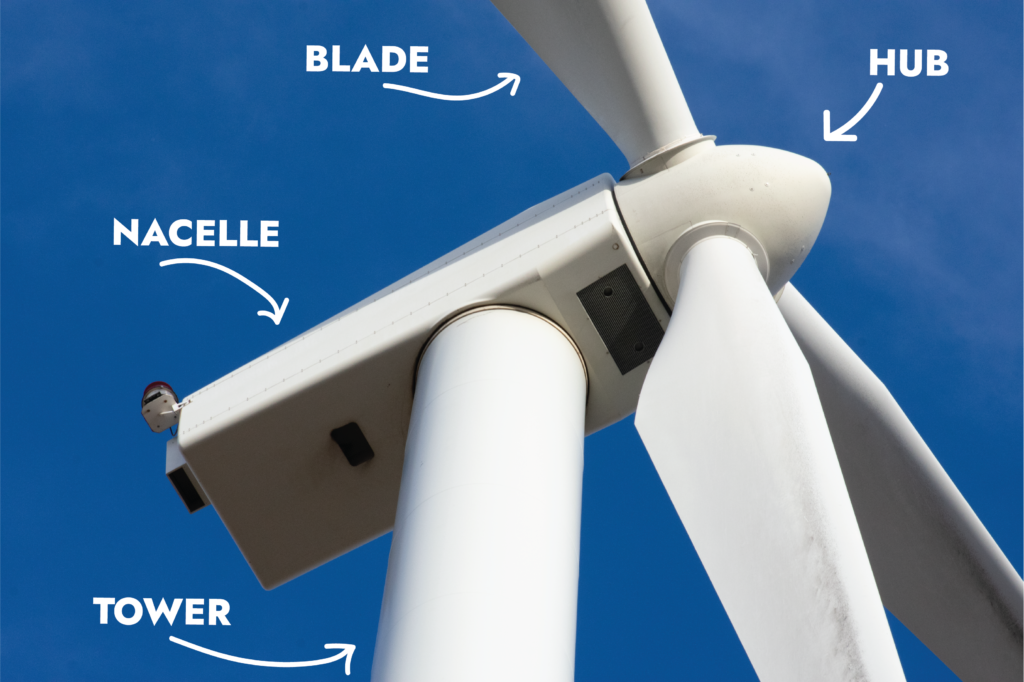
The main components of the turbine include the blades, the hub, the nacelle, and the tower. The blades are the three triangular spokes extending from the center of the turbine. The hub is the circular part that connects the blades to the nacelle. The nacelle is the rectangular part that connects the blades to the tower and is where energy is generated. The tower is the circular base that supports the turbine. Turbines range in price from $2 million to $4 million, depending on the model.
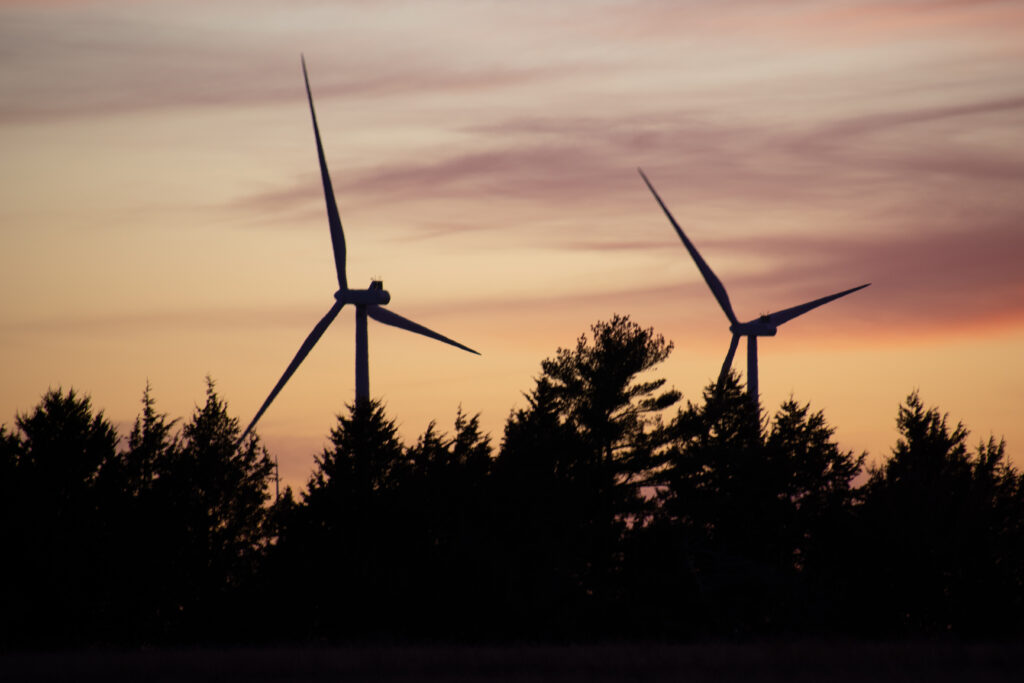
Wind turbines harness energy when wind gusts push the blades that rotate the hub. According to the U.S. Energy Information Administration (EIA), in 2020, 57 percent of Iowa’s electricity came from wind turbines, which was the highest percentage of any state in the U.S..
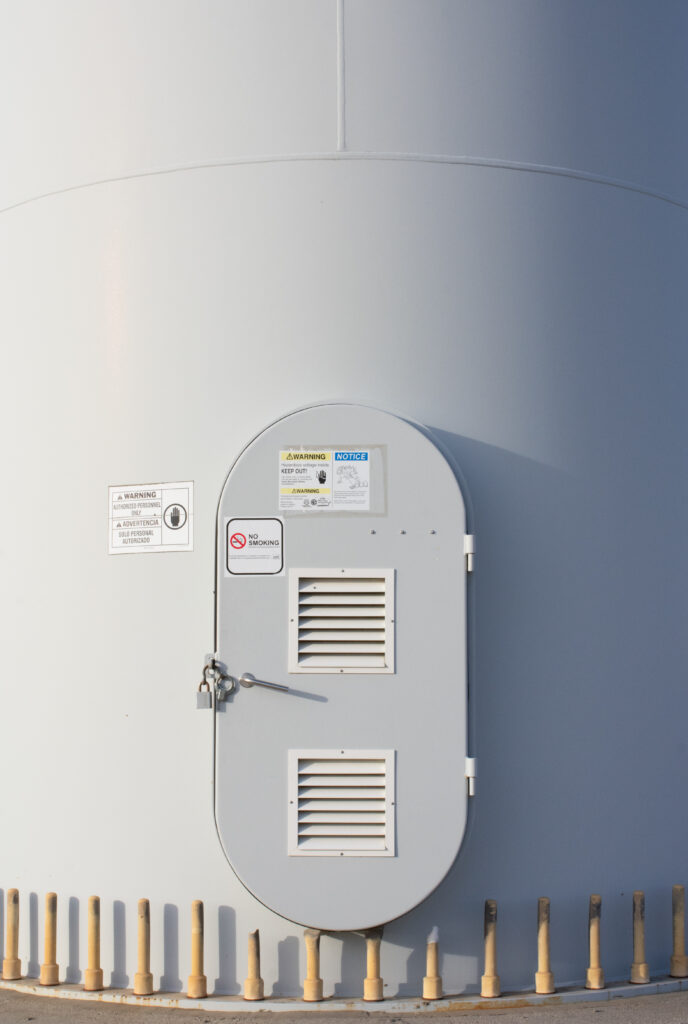
This entrance door provides access to the inside of the turbine. Each turbine has a maintenance road that allows technicians to access it. MidAmerican Energy’s full-time wind technicians perform year-round maintenance, inspections, and repairs when needed. The technicians are also responsible for preparing the turbines for winter by changing their coolant fluids and lubricants.
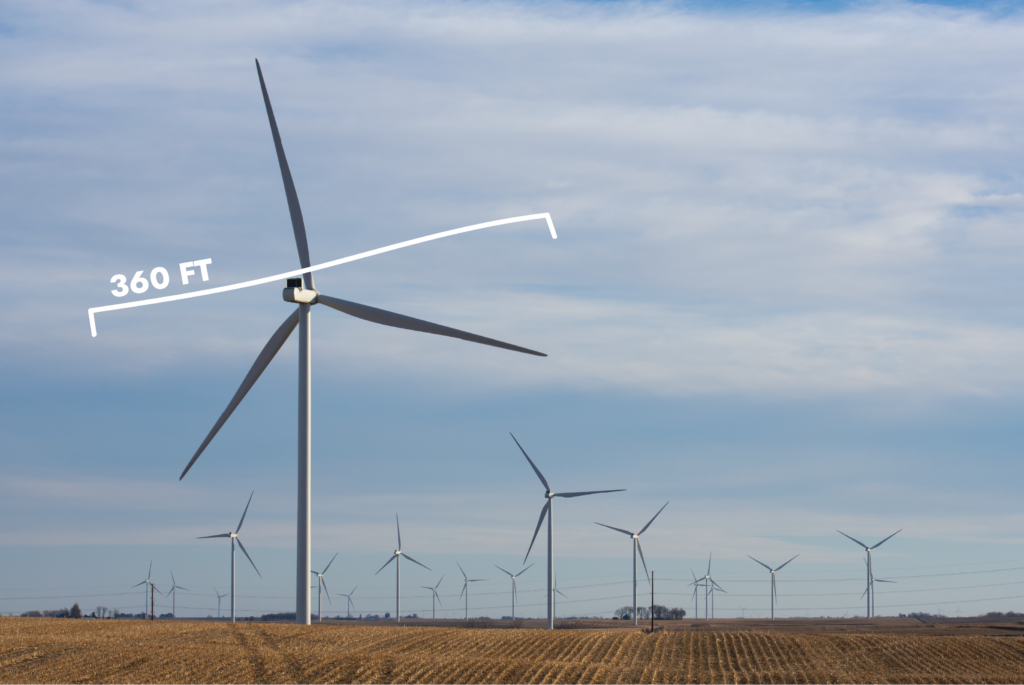
The blades on the turbines pictured above, have a diameter of 360 feet, which is the same distance as a football field. Blades on the City of Stuart’s turbine, built 10 years before these, have a diameter of 154 feet. The largest turbines in Iowa have a diameter of 492 feet.
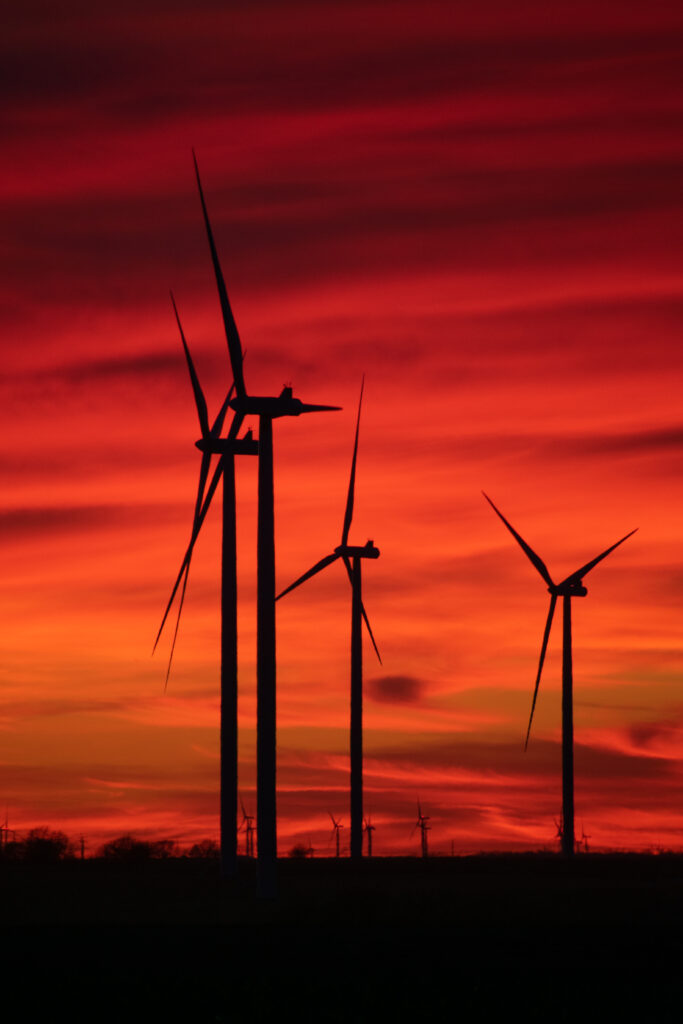
Taller turbines can support longer blades, so more energy can be harnessed. The turbines above stand at 492 feet. The difference in height between the shortest turbine and the tallest turbine in Iowa is enough to fit the Statue of Liberty—which stands at 305 feet tall. “Depending on the turbine model, and of course, wind conditions, most [turbines] turn between 10-20 revolutions per minute,” Greenwood says.
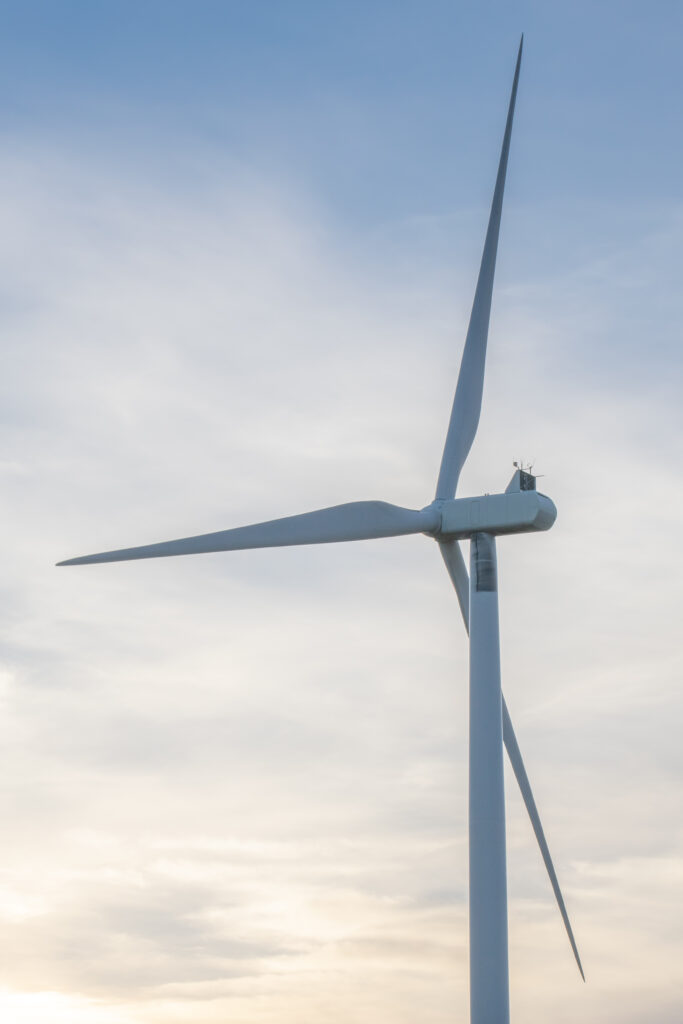
Wind turbines run day or night, and only stop if the wind is too fast, too slow, or if there’s a mechanical issue. When winds are too extreme for the turbine to run safely–which is normally around 55 miles per hour–they automatically go into feathering mode.
“When a turbine goes into feathering mode to reduce its rotating speed, the turbine faces into the wind and changes blade pitches to lessen its surface area,” Greenwood says.
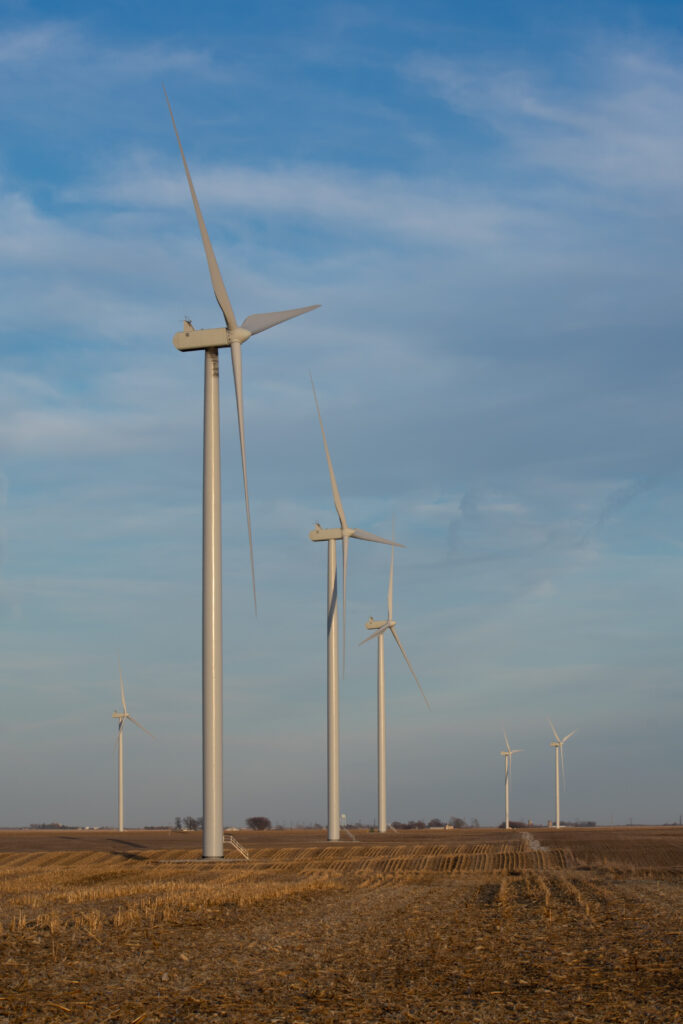
There are more than 5,750 wind turbines in Iowa, and that number continues to grow. The oldest wind turbines in Iowa started generating electricity in 1992 in Spirit Lake, Iowa, according to the U.S. Wind Turbine Database. Over half of the state’s wind turbines, including the ones pictured above, are run by MidAmerican Energy, who operate 37 wind farms. In 2021, MidAmerican Energy’s wind turbines generated more than 7,000 megawatts of electricity, which is enough to power every household in Iowa twice.
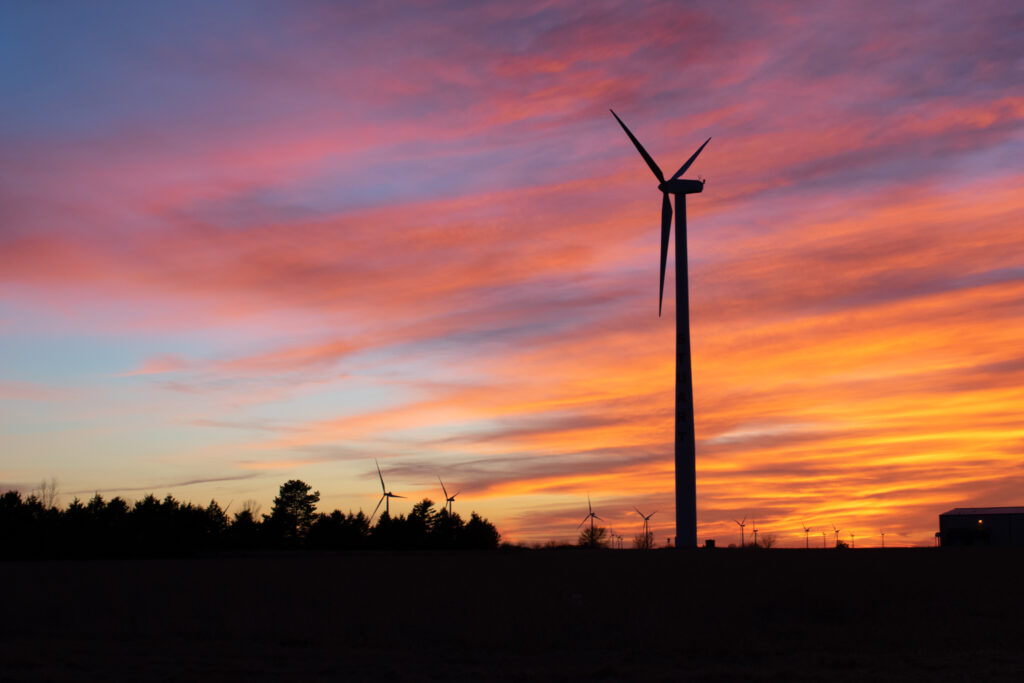
Iowa’s wind energy is constantly growing with new turbines being added and old ones being repowered.
“This year we plan to repower 376 wind turbines at four wind farms,” Greenwood says.
Repowering turbines by replacing existing blades and generating components with upgraded ones increases the amount of energy generated at wind farms and extends their operating life.
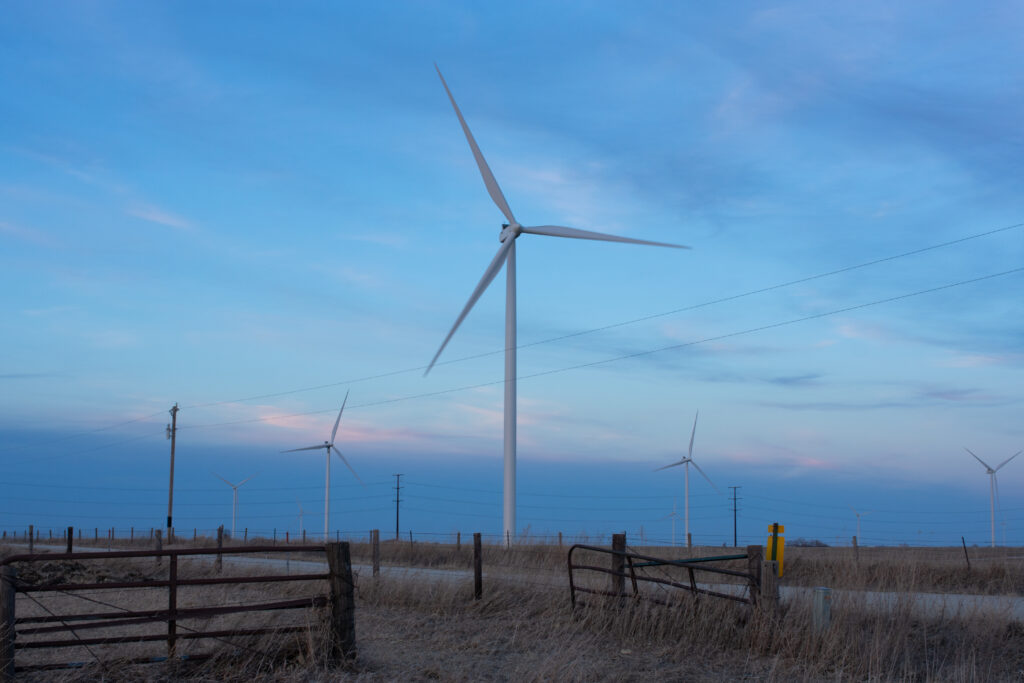
The turbines pictured above are scattered throughout the fields south of Stuart. MidAmerican Energy creates voluntary agreements with landowners to find land for their turbines and once there are enough participating landowners in one area, they start building new wind farms. Currently, MidAmerican Energy works with over 4,000 landowners to lease land for their turbines. These lease agreements provide the landowners with steady lease payments over the course of the project, which typically last 40 years.
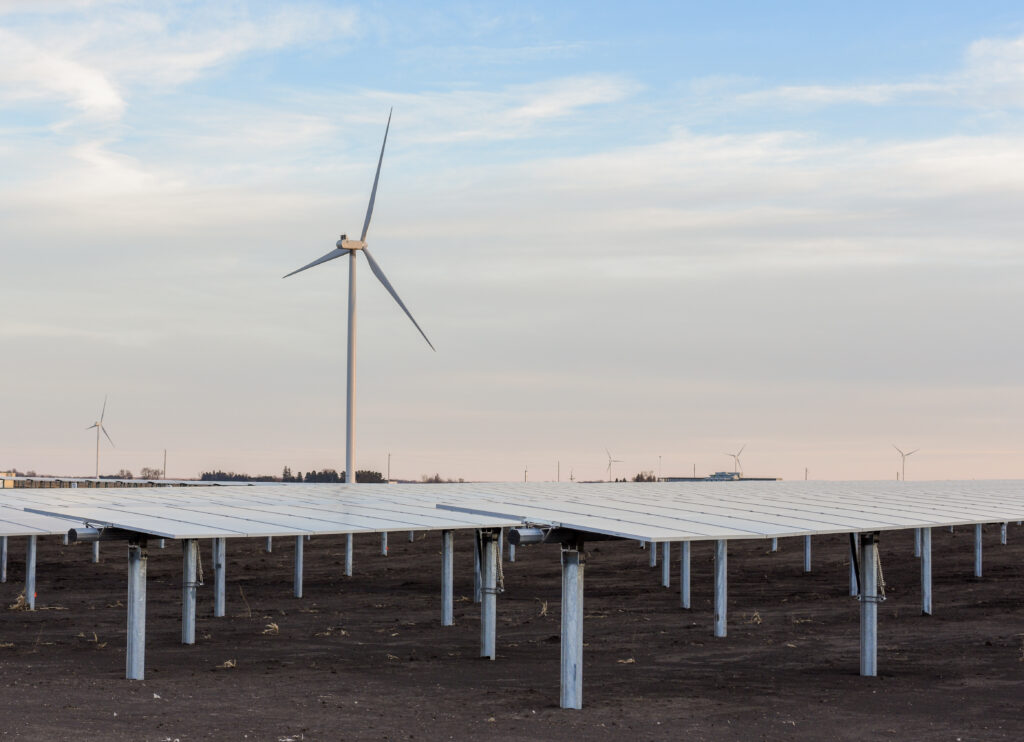
In 2021, 88 percent of MidAmerican’s energy came from renewable sources, but they are working to raise that number to 100 percent. Pending approval from state regulators, MidAmerican Energy plans to build more wind farms, which would add approximately 400-700 new turbines throughout Iowa in the next few years.

